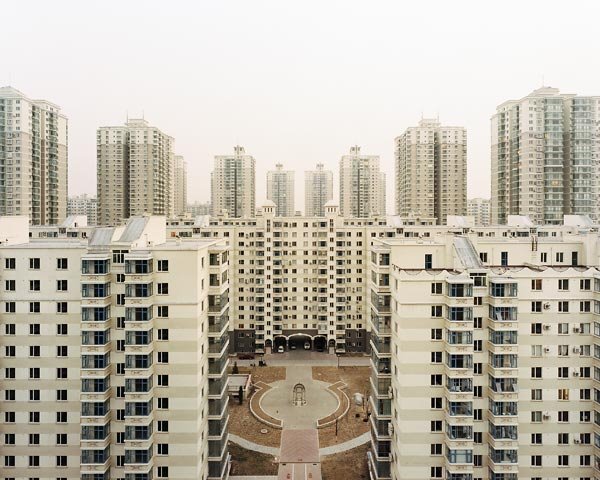But they could soon become things of the past. An “opinion” released last month by the Ministry of Construction and four other government bodies seeks greater restrictions on large-scale public building projects—an edict apparently aimed at outlandish and costly designs by foreign architects.
 above, the proposed ren building in Shanghai, by Dutch firm PLOT
above, the proposed ren building in Shanghai, by Dutch firm PLOT
“In recent years, in some places there's been a fever for international tenders for major public buildings, especially landmark projects,” said an unnamed spokesman, according to the Chinese government's official Web site, gov.cn. “Some foreign architects are divorced from
While the beginning of the decade saw rampant rubber-stamping of ambitious construction and development projects, the central government has lately sought to cut down on wasteful projects in an attempt to rein in economic growth and reduce energy use.
“Some local governments aren't acting in the interest of national conditions and financial strength, crave unrealistic 'achievement projects' or 'image projects', don't emphasize conservation of energy and resources, or use too much land,” said the document, avoiding specifics.
Among those welcoming the new provisions was Peng Peigen, a professor of architecture at
For years, Peng and a group of Chinese architects have captivated the press and national leaders with their publicity campaigns against some of
But Peng’s public enemy no. 1 is Paul Andreu’s Grand National Theater—dubbed the “ducks’ egg” by some—which he says is extravagant and grossly out of touch with its surroundings. Last year, he wrote to Premier Wen Jiabao criticizing it and other of
Still, Peng, who is a Canadian citizen, is quick to point out that some of his favorite buildings are foreign-made, including Adrian Smith’s iconic
But the new document places a premium on domestic submissions for construction and design plans over the work of foreigners. Until very recently, foreign architecture companies were required to cooperate with local design firms on any project. While the requirement was meant to encourage exchange and provide checks, most foreign architects have lamented the cultural and technical hurdles of working with
But despite the challenges, local partnerships are key, said John Pauline of Australian architects PTW. His team worked with a local design firm to develop the
Hoping it isn’t the start of a wider, stricter campaign against foreign designs, Pauline sees the government’s warning as part of a growing process. He recalls how
“Foreign architects, whether they be European, Korean, Japanese, improve

No comments:
Post a Comment